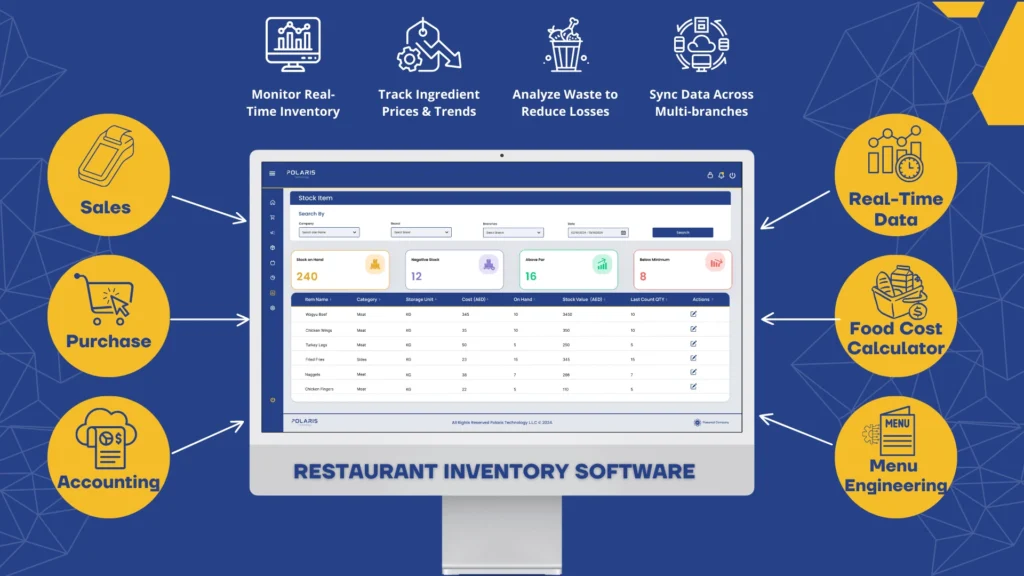Tracking the Kitchen: A Practical Look at Smarter Inventory Habits

Running a restaurant often feels like a constant balance between creativity and control. The menu changes, customer preferences shift, staff vary from shift to shift, and behind it all sits the quiet engine of operations: inventory. Many owners and managers look to software for restaurant inventory to help them manage the steady flow of ingredients, but the habits behind the numbers matter just as much as any tool.
Kitchens operate on rhythm. When the rhythm breaks—missing items, spoiled stock, unexpected shortages—service suffers. One of the simplest ways to create steadier movement is to introduce consistent check-ins. Not massive audits, but small, timed reviews that keep the staff familiar with what they have and what they used yesterday. These reviews help cut waste and reveal patterns that might otherwise go unnoticed.
Another common challenge is communication between the front of house and the back of house. Servers, bartenders, and cooks all interact with ingredients differently. When they don’t share information, the inventory picture becomes blurry. One shift might use more lemons because of a surge in cocktails; another might run through tomatoes because the lunch crowd wanted salads. When that information is passed along, ordering becomes more accurate, and the team’s confidence grows.
Portioning is another quiet hero. Many kitchens portion by experience or instinct, which works well until shifts rotate or new staff join. Standardized portions, visually guided containers, and quick training refreshers create consistency not only in the plate served to customers but also in how inventory moves. It removes guesswork and reduces the frustration that comes with unexpected shortages.
Vendors also play a role in inventory stability. Deliveries that arrive late or incomplete create stress, and inconsistent quality complicates planning. Building a clear routine with vendors—confirming quantities, checking freshness, documenting issues—builds trust over time. When vendors understand your expectations, they are more likely to adjust their operations to meet them.
Another strategy that supports reliable inventory habits is menu awareness. Chefs often introduce new dishes based on seasonal ingredients or creative sparks, but menus that shift too frequently can disrupt ordering patterns. When the kitchen staff regularly reviews which dishes sell and which linger, the entire team gains insight into what should stay, what needs adjustment, and what has become too costly to maintain.
Training also sits at the center of good inventory practice. Even with strong processes, restaurants rely on people. Sharing the reasoning behind certain steps—why it matters to label items, what happens when items go missing, or how waste impacts costs—helps staff feel included rather than micromanaged. A team that understands purpose is more likely to support the system.
Finally, many restaurants look toward digital tools as support. Technology can automate counts, generate reports, set alerts, and help teams visualize trends that might not be obvious. However, the success of any tool depends on the habits built around it. When the staff uses technology consistently and combines it with clear communication and well-structured routines, inventory becomes more predictable and far less stressful. For restaurants seeking steadier operations without overwhelming their teams, using software for restaurant inventory works best when paired with habits that keep the kitchen informed, organized, and confident.
- AI
- Vitamins
- Health
- Admin/office jobs
- News
- Art
- Causes
- Crafts
- Dance
- Drinks
- Film
- Fitness
- Food
- Games
- Gardening
- Health
- Home
- Literature
- Music
- Networking
- Other
- Party
- Religion
- Shopping
- Sports
- Theater
- Wellness


